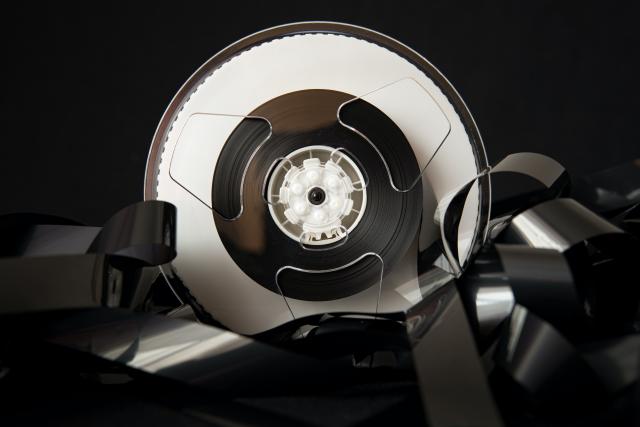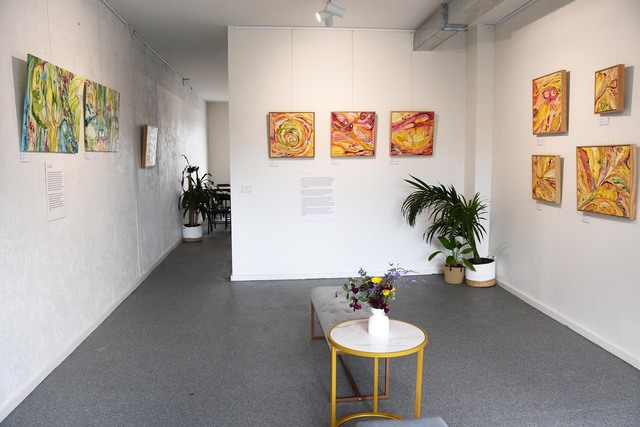Captain America: Brave New World
Starring Anthony Mackie, Danny Ramirez and Harrison Ford
Rated M
3.75/5
Captain America: Brave New World is an exciting character-driven superhero action film with many conflicting elements that don’t quite fit together.
With the world at the brink of war, Sam Wilson (Anthony Mackie), the new Captain America, investigates a conspiracy surrounding President Thaddeus Ross (Harrison Ford).
Mackie handily fills the shoes left by Chris Evans, conveying the Captain’s commanding yet humble persona while making the role his own.
Danny Ramirez is plucky and endearing as Sam’s sidekick Joaquin Torres, and Shira Haas is a stolid badass despite her tiny size as US official Ruth Bat-Seraph.
The later action scenes are CGI-heavy but still suspenseful (despite some iffy effects here and there), showcasing Sam’s aerodynamic fighting style, and the hand-to-hand combat has better framing and longer shots than in most MCU movies.
Ford takes over as Ross from the late William Hurt; essentially playing his own worst enemy, Ford is enthralling as a man whose anger, hawkish nature and damning secrets overtake him in an ever-worsening situation.
Brave New World is held aloft by its strong performances and thrilling action, but the disparate three acts feel like different movies (with Giancarlo Esposito as Sidewinder, an extraneous minor antagonist added in reshoots).
I found the treaty between the US and Japan over an alien metal to be an abstract, impersonal framing device for the narrative, though you may feel differently.
Tim Blake Nelson is a disposable villain as the Leader, and the plot largely brushes past its most tragic aspect: Isaiah Bradley (Carl Lumby), a supersoldier veteran who was imprisoned and experimented on by the government for decades.
A highly entertaining but not very cohesive debut for the new Captain America, Captain America: Brave New World is playing in most Victorian cinemas.







